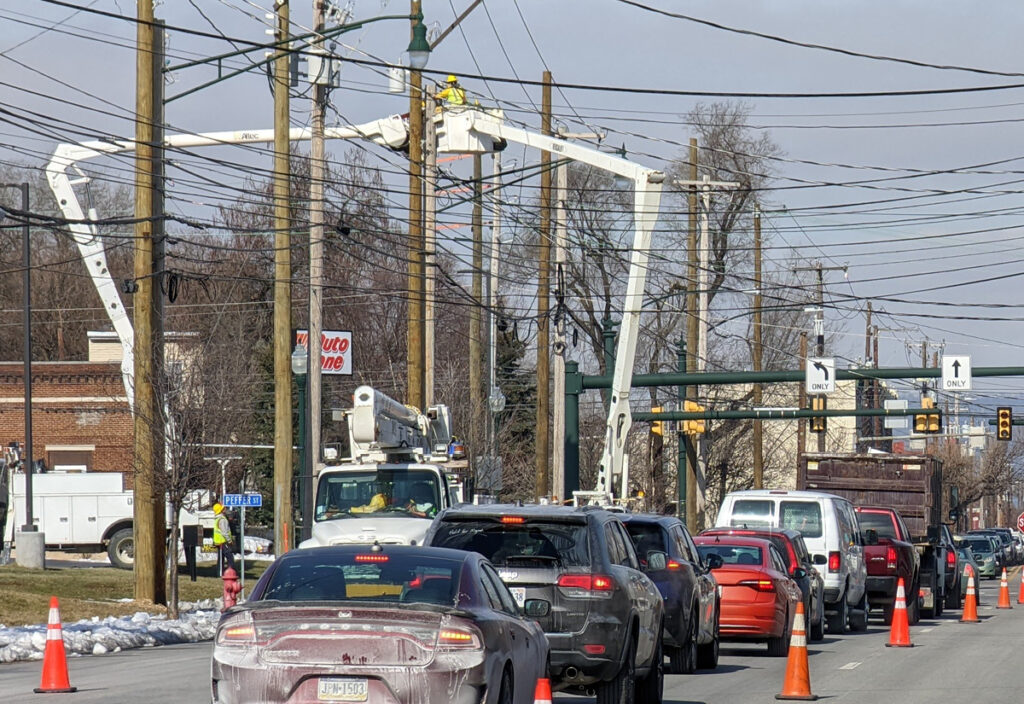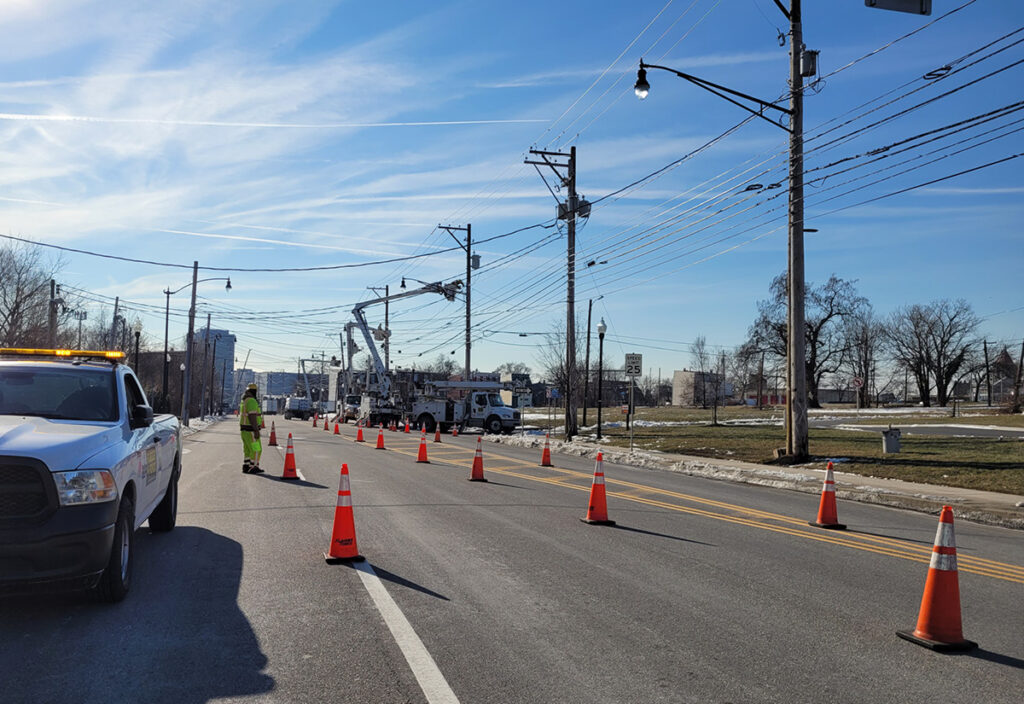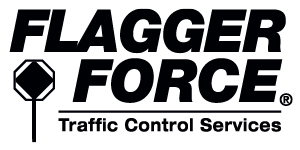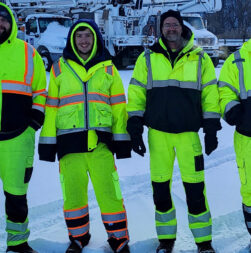Electricity can be dangerous! According to the Electrical Safety Foundation International (ESFI), there were 126 electrical fatalities in 2020. These fatalities were concentrated in a few industries, including construction and transportation.
Traffic control professionals often deal with downed power lines and having basic knowledge about how to react around them may keep them safe from this electrical hazard. This post provides an inside look into this threat and basic knowledge and guidelines on how to stay safe when one encounters a fallen wire.

Where and when might you encounter a downed power line?
Storms are a threat to power lines. Their strong winds can bring down power lines, along with trees and branches. Winter storms, which normally cause a buildup of ice combined with high winds, could be a cause for long-term damage to these resources.
Traffic accidents are another threat to power lines. A stray vehicle veering off the road can bring down a utility pole and power lines.
The danger of electrical shock
You may encounter either of the situations described above, especially if you’re a traffic control professional. There can be a risk of serious injuries or even death. The extent of potential injuries from electricity depends on the strength of the current conducted through the body and the length of time the body is subjected to it. A mild shock may just feel like a tingling sensation, but a severe one can cause serious burns, bleeding, ventricular fibrillation, and it could even stop the heart.
Work zone safety practices for downed power lines
Utility and construction workers must be especially vigilant of downed power lines. If you’re entering an area with a fallen power line, the first step for safety is to be aware of your surroundings and to remember that safety is your top priority.
While the tips below are good advice for any situation that requires vigilance to stay safe at work, they are especially critical when working around high-current electricity. These tips come from ESFI.

- Survey the situation. Before you approach, look around closely and take stock of everything in the area. Look for downed lines, fallen poles, or branches and debris. Take note of places where wires are lying in water or on fences. Pay particular attention to any sparking wires you see.
You should assume that any wires or cables on the ground are live and they should be treated with great caution. Also, carefully consider all equipment, potential conductors, and electrical lines that may conduct electricity. For example, if a downed power line is lying on a fence, that fence may conduct electricity. The same is true for any equipment touching a line. Also, did you know that electricity can be conducted by rope, smoke, wood, and even the human body?
- Set Up the Work Area. To stay safe, you must stay at least 30 feet from any downed wires. Why? Because the strength of electricity (“current gradient”) from wires lying on the ground is reduced by half for every 2.5 to 3 feet of distance from the energy source. This means 30 feet is the safe zone for you, your equipment, and any other people.
Note: Do not attempt to move a downed power line or anything else in contact with it by using an object such as a broom or stick. Even non-conductive materials, like wood or cloth, can conduct electricity if even slightly wet. Also, be careful not to touch or step in water near where a downed power line is located.
If you see someone who is in direct or indirect contact with the downed line, do not touch the person because they could be a conductor of electricity themselves. Call 911 for help.
- Take Time. Do It Right. To stay safe, slow down, take a breath, and use your head. Remain calm and focused to keep everyone safe. Take a moment to pause, concentrate on what you’re doing, and make a note of the next safe steps. Whatever your role is during an emergency, double-check your work to ensure it is accurate, and the area is safe.
Do not drive over downed power lines. And, if your car comes in contact with a downed power line while you are inside, stay in the car. Honk your horn to summon help, but direct others to stay away from your car. If you must leave your car because it is on fire, jump out of the vehicle with both feet together and avoid contact with both the car and the ground at the same time.
Note: The proper way to move away from a downed power line is to shuffle away with small steps, keeping your feet together and on the ground at all times. This will minimize the potential for a strong electric shock.
- Better Safe Than Sorry. When in doubt, play it safe. If you’re unsure about any aspect of your job or the site, reach out to your emergency team for guidance.
Insight from Luke Lazar, vice president of risk and safety at Flagger Force
“At Flagger Force, our crews have worked around downed power lines and thankfully we have not had any incidents. We have a strong culture of safety here at Flagger Force and I know that every team member in the field is trained to have a ‘safety first’ mindset.
My advice to our team members who find themselves in a situation where they see a downed power line is to keep a safe distance from it and call emergency personnel to handle it,“ says Lazar.
Want more information on how to stay safe around downed power lines? Consult this fact sheet from OSHA.



